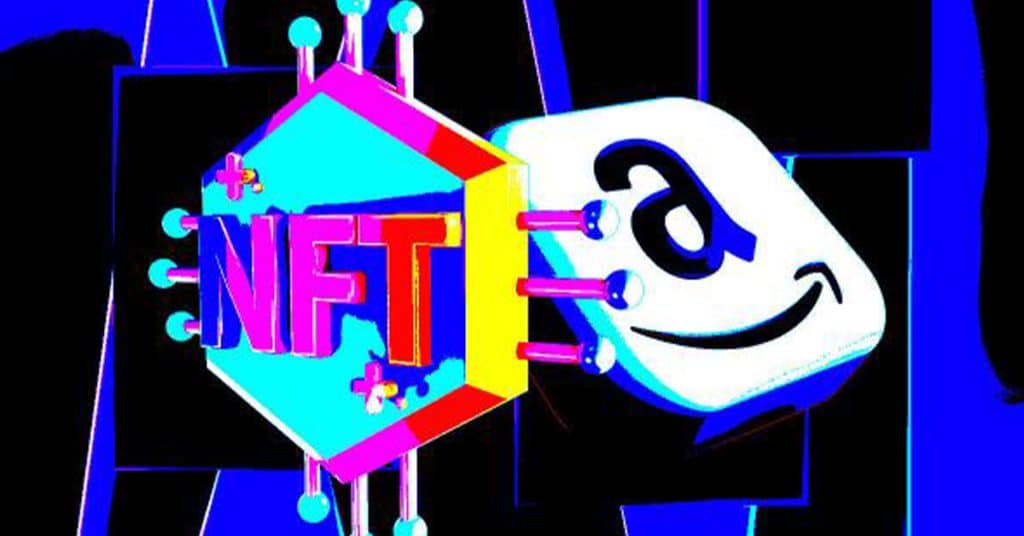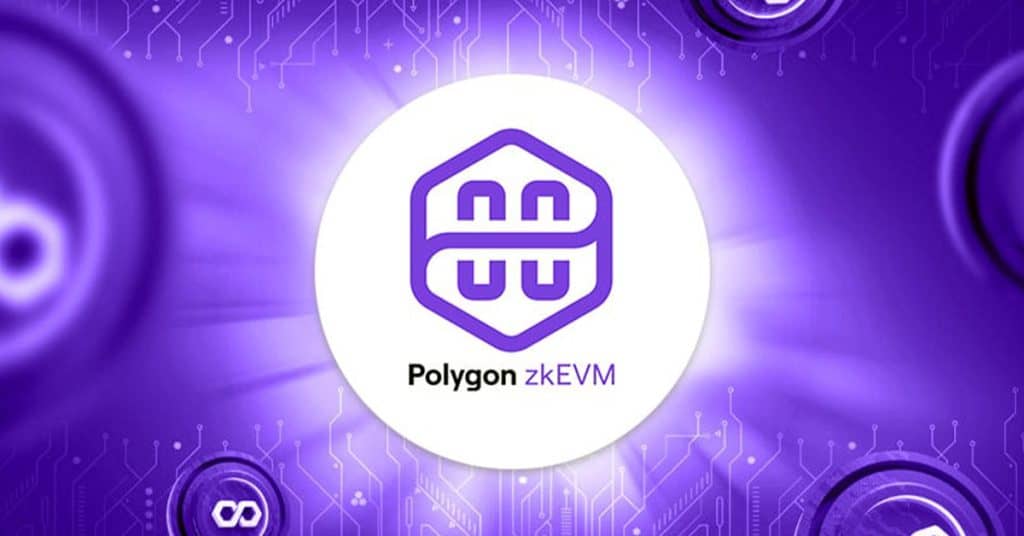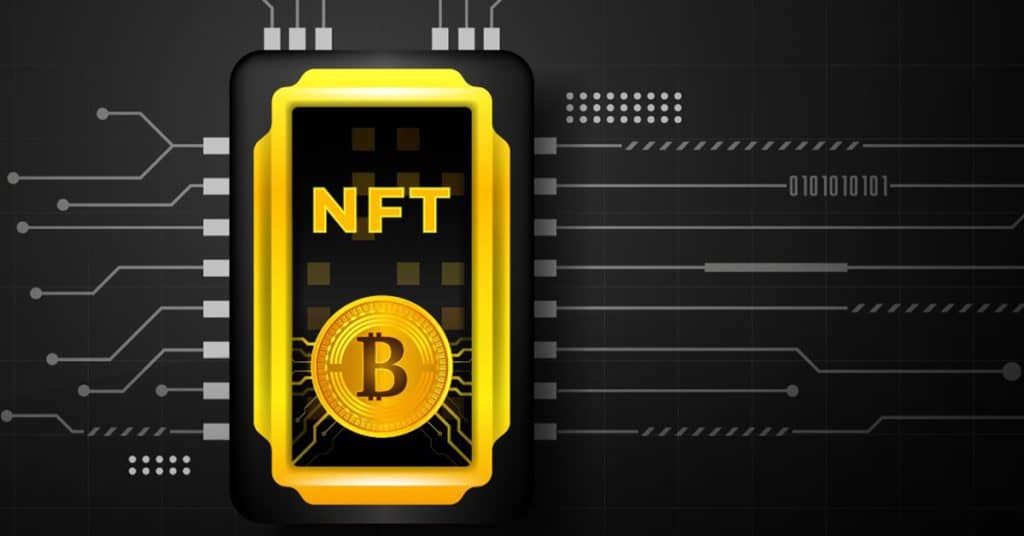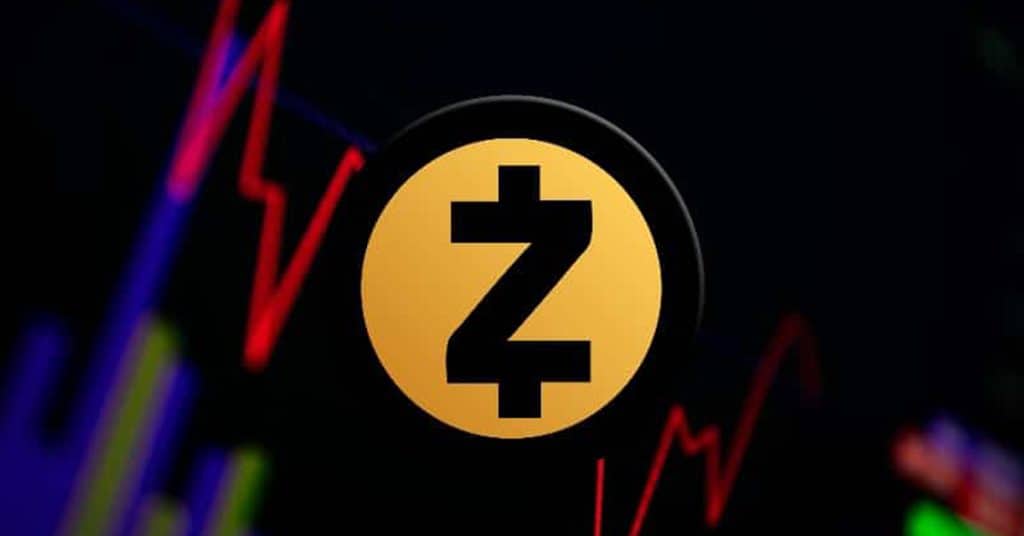Coinbase no longer wants to be in the business of just selling coins: it wants to onboard a billion people to a crypto-native economy. The role Coinbase sees for itself is that of a portal for users: an environment where they can safely make their first baby steps. Coinbase built a chain tailored for that purpose: Base. What is Base?
Main net launch of Base is expected in the second quarter of 2023. Coinbase doesn’t launch a token and instead opts for a Layer 2 on Ethereum. This means that all transactions on Base eventually settle on Ethereum. A layer 2 can process more transactions than Ethereum itself and at a much lower cost. Examples of existing layer 2's (L2) are Polygon, Arbitrum and Optimism itself. In the case of Base, it is a rollup built on the technology of Optimism.
What is the Difference Between Base and Other L2s?
In the Bankless interview, Coinbase's lead developer Jesse Pollak ducks this question a bit and talks about how the chain will bring developers and users into contact with each other.
In other interviews, he has alluded to lower transaction fees. Pollak has told TechCrunch that in the beginning, Base will have comparable fees to Arbitrum or Optimism, in the 10- to 50-cent range, with plans for it to drop to around 1 cent over the next year.
Why is Coinbase Disrupting Its Own Business?
Related Articles
Amazon will allegedly launch an NFT marketplace on April 24th. Interestingly, it will allow customers to buy NFTs tied to real-world assets that they ordered.
Polygon’s zkEVM will be an essential tool to onboard large numbers of users and provide the privacy that is so vital to the future of blockchain adoption.
Nostr lets users spin up a social identity and content that no overlord can censor.
Are Ordinal NFTs on Bitcoin just evil JPEGs invading the sacred Bitcoin blockspace?
Zcash is moving to Proof-of-Stake (PoS) in the coming years. Let’s have a look at why this prominent privacy coin has decided to move away from good old Proof-of-Work. Is this part of a larger trend?
Staking vs yield farming: These two things look similar on the surface but are anatomically different beasts.
Crypto developers have already been trying to monetize this emerging domain. What projects should we pay close attention to? In other words, what are AI coins?
Let’s dive into the difference between a bull trap versus a bear trap.
How to invest in Web 3? It turns out there are three important angles to do this. Buy coins, find a job, or buy stocks.
What is the difference between Web 2 and Web 3? Web 3 is a reaction to Web 2: the internet that coalesced towards a handful of giant companies reigning over user content and data.











